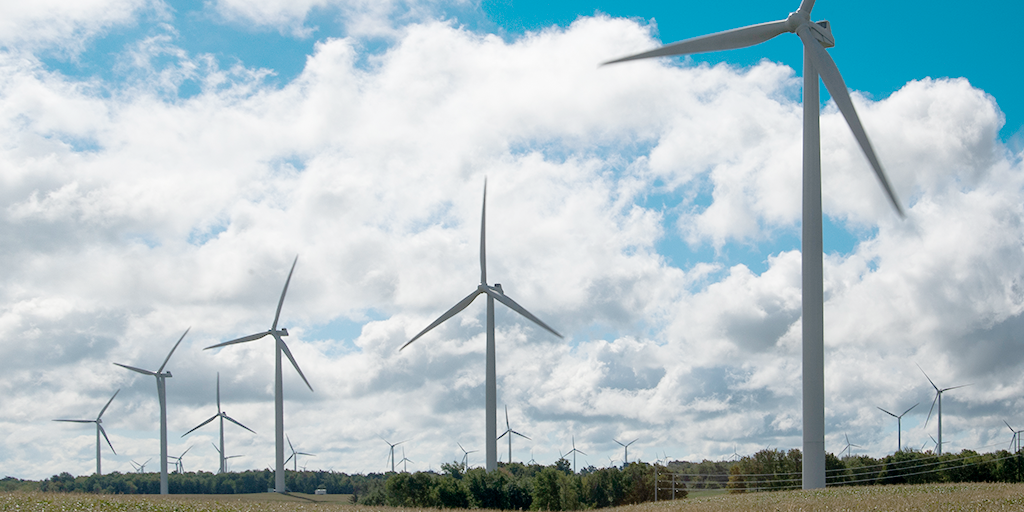The Paris Agreement Revisited
Last month, the Remyndr blog posted a 3-Piece Primer to the Paris Agreement. In it, we discuss three key pieces of information: First, that the Paris Agreement includes participation from 197 Parties around the world. Second, that the Paris Agreement establishes a common framework by which all nations may respond to climate change. Third, that the Paris Agreement’s main goal is to prevent the average global temperature from rising by 2 degrees Celsius (3.6 F) and to limit the average temperature increase to 1.5 degrees Celsius (2.7 F) over the next century.
Earlier this month, President Donald Trump decided to withdraw the United States from the Paris Agreement. Now that the dust has settled, today’s post looks at what American withdrawal means for the Paris Agreement, for climate change, and for America in the future.
America’s withdrawal from the Paris Agreement will not be completed until November 2020. This is due to a provision in the accord that prevents countries from leaving until three years after the law has gone into effect. The Paris Agreement came into force on November 4, 2016. Now you may be thinking, “Doesn’t that mean that America can withdraw by 2019?” Yes. However, Article 28 of the Paris Agreement mandates a one-year notice period from nations that wish to exit the the accord. Therefore, even though the United States can begin the process of withdrawal as soon as November 2019, the process will not be finalized until November 2020.
The Paris Agreement will not fall apart without America. However, without America’s participation, it will be harder for nations to reach their Paris Agreement goals. The United States is the second biggest polluter in the world, contributing roughly 15% of global carbon emissions. Fortunately, since energy production is now primarily generated by gas rather than coal, U.S. carbon emissions will still be reduced. Yet these decreases are projected to be about half of what the U.S. had planned for in the Paris Agreement. In addition, America provides funding and technological resources to developing countries in their efforts to stem climate change. Without the United States’ contributing funds, countries will need to look for help elsewhere in order to achieve their climate goals (Mark McGrath, BBC).
This raises the question of global leadership. America’s withdrawal is an opportunity for other nations to lead the way in the climate change movement. After President Trump’s announcement, China and the European Union reaffirmed their commitments to the Paris Agreement. While China is expected to be the global leader when it comes to climate, Canada and Mexico are also poised to become key players from the Americas (Mark McGrath, BBC).
Although the United States is set to withdraw from the Paris Agreement, not all states are united on the issue. The same day America’s withdrawal was announced, eleven states, Washington, DC, and Puerto Rico banded together to form the United States Climate Alliance. This alliance, co-chaired by Governors Brown, Cuomo, and Inslee, is committed to upholding the Paris Agreement. The eleven participating states include Connecticut, Delaware, Hawaii, Massachusetts, Minnesota, Oregon, Rhode Island, Vermont, and Virginia. Together they comprise roughly 36% of the United States’ population and were responsible for almost a fifth of the United States’ carbon emissions in 2014. As part of the Climate Alliance, members aim to reach the United States’ goal to reduce carbon emissions by 26-28 percent from levels in 2005 by 2025 (Leanna Garfield and Skye Gould, Business Insider; New York State).
Ultimately, America’s withdrawal from the Paris Agreement may amount to a symbolic action. Without new policies in place, it is unlikely that America will reduce greenhouse gas emissions by 26-28 percent by 2025. Yet it is still too early to know the decision’s long-term impact on global climate initiatives and how it will affect America’s relationships abroad.


No Comments